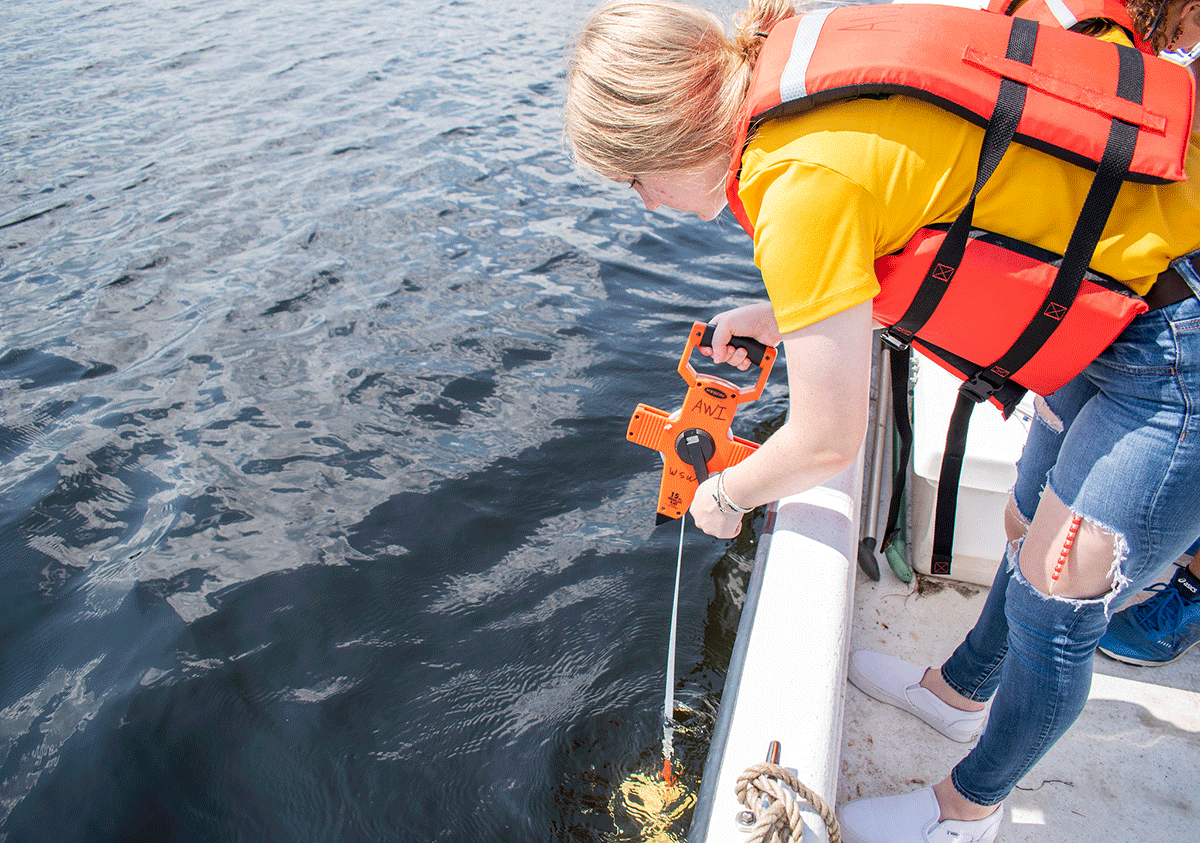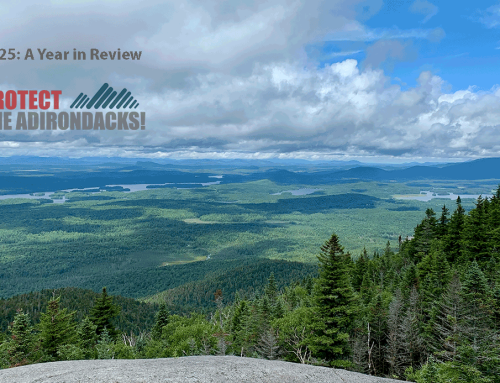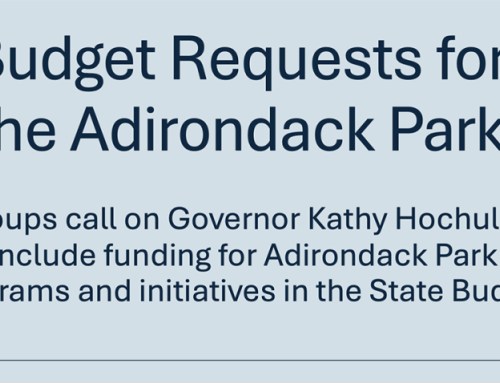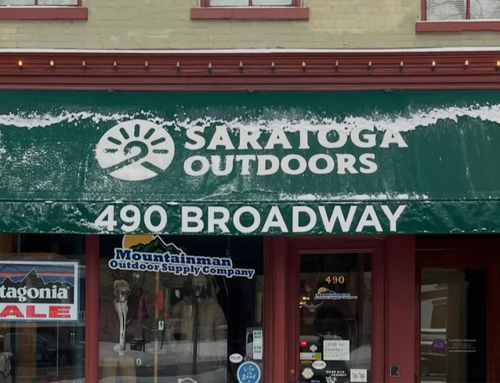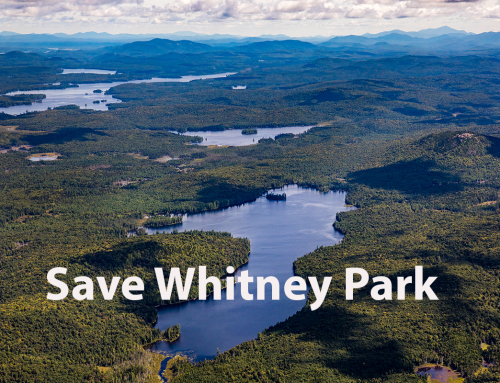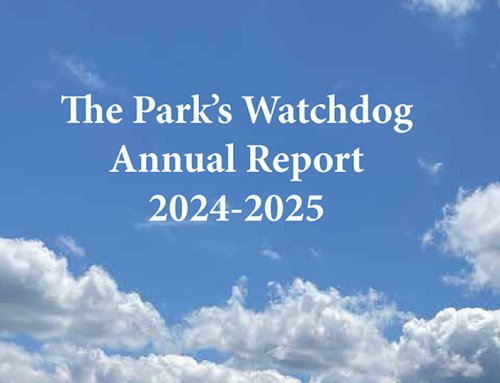The Paul Smith’s College Adirondack Watershed Institute (AWI) recently announced that it has been awarded a grant from the Lake Champlain Basin Program to expand the Adirondack Lake Assessment Program (ALAP) and further safeguard waterbodies across the Adirondack region.
ALAP is the largest community-science lake monitoring program in the Adirondack region, run in partnership between AWI and Protect the Adirondacks. For the past twenty-four years, community members volunteering through ALAP have collected water samples and other data on 90 lakes in the Adirondacks. The results have helped uncover the impacts of road salt, understand recovery from acidification, and address other challenges to the protection of Adirondack lakes. The recent grant will expand opportunities for additional community members to contribute toward this effort.
Despite the wide reach and success of ALAP, many of the Adirondacks’ 3,000+ lakes and ponds have not been assessed for water quality in more than two decades, and some have never been assessed. The lack of long-term data and regular assessments presents many challenges to the protection of these important resources. On the New York side of the Lake Champlain Basin just 32 lakes are monitored on a regular basis.
“We’ve done an excellent job of monitoring Adirondack lakes at a regional-scale but often lack the data necessary to make informed assessments and decisions about individual waterbodies,” says Dr. Brendan Wiltse, senior research scientist at AWI. “Adirondack lakes are facing stress from climate change, road salt, harmful algal blooms, failing septic systems, and invasive species. If we’re going to guard our lakes against these threats, we need current data to prioritize action.”
AWI and Protect the Adirondacks are recruiting volunteers to help monitor at least an additional twenty lakes within the Lake Champlain Basin. Funds from the Lake Champlain Basin Program will cover monitoring equipment and the first year of lake membership fees.
“Our success at monitoring so many Adirondack lakes over the past twenty-four years lies in the hands of the hundreds of community members that have lent their time and energy to the program,” says Peter Bauer, executive director of Protect the Adirondacks. “We encourage anyone who wants to participate in protecting their waterbodies to join ALAP”.
Dr. Dan Kelting, executive director of AWI, says “Clean water is the legacy of the Adirondack Park. We’re excited to have the opportunity to engage more people in the science that helps protect that legacy.”
Click here for a map of eligible waterbodies and more information about volunteering.
This project has been funded wholly or in part by the United States Environmental Protection Agency under assistance agreement (LC-00A00707-0) to NEIWPCC in partnership with the Lake Champlain Basin Program.

